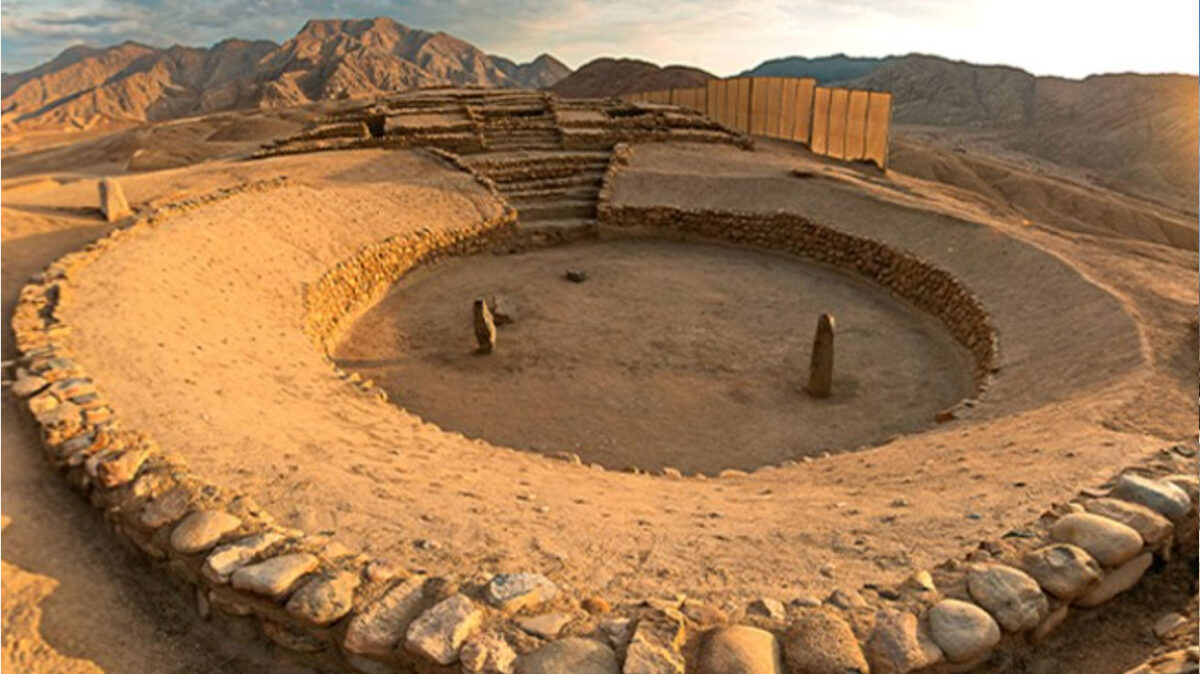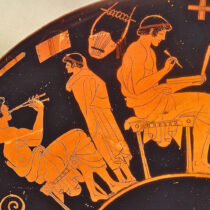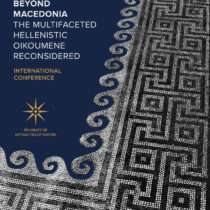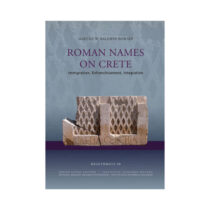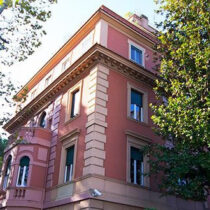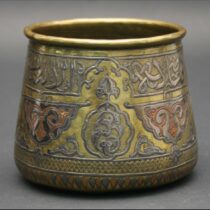Archaeologists in Peru have revealed the remains of a 3,500-year-old city that once served as a vital trade center, connecting cultures from the Pacific coast with those of the Andes and Amazon basin. The site, named Peñico, flourished between 1800 and 1500 BC, around the same time early civilizations were emerging in regions such as Mesopotamia, Egypt, India, and China.
Drone footage released by the research team shows a city laid out across a hillside terrace about 600 meters above sea level. At its heart lies a large circular structure, surrounded by stone and mud buildings that once formed a thriving urban center.
Peñico is located in Peru’s northern Barranca province, near the region where the ancient Caral civilization—the oldest known in the Americas—developed approximately 5,000 years ago. Caral, renowned for its 32 monumental structures, is considered a peer of Old World civilizations, though it evolved in total isolation from them.
The discovery of Peñico is particularly significant because it appears to represent a continuation of the Caral legacy following its decline, which researchers attribute to environmental shifts. Lead archaeologist Ruth Shady explained that Peñico was likely founded after Caral was impacted by climate change and was strategically positioned to foster exchange between coastal, highland, and jungle societies.
After eight years of fieldwork and study, researchers have documented 18 distinct structures at the Peñico site, including ceremonial temples and residential zones. Among the most striking features is a central plaza adorned with sculptural reliefs, including images of the pututu—a type of conch-shell trumpet known for its powerful sound.
The team also unearthed clay sculptures depicting humans and animals, ceremonial objects, and bead necklaces crafted from seashells—offering insights into the city’s cultural and ritual practices.
Peñico now joins a growing list of major archaeological discoveries in Peru, a country famed for its ancient heritage. Other iconic sites include the Inca citadel of Machu Picchu and the enigmatic Nazca Lines etched into the desert plains.
